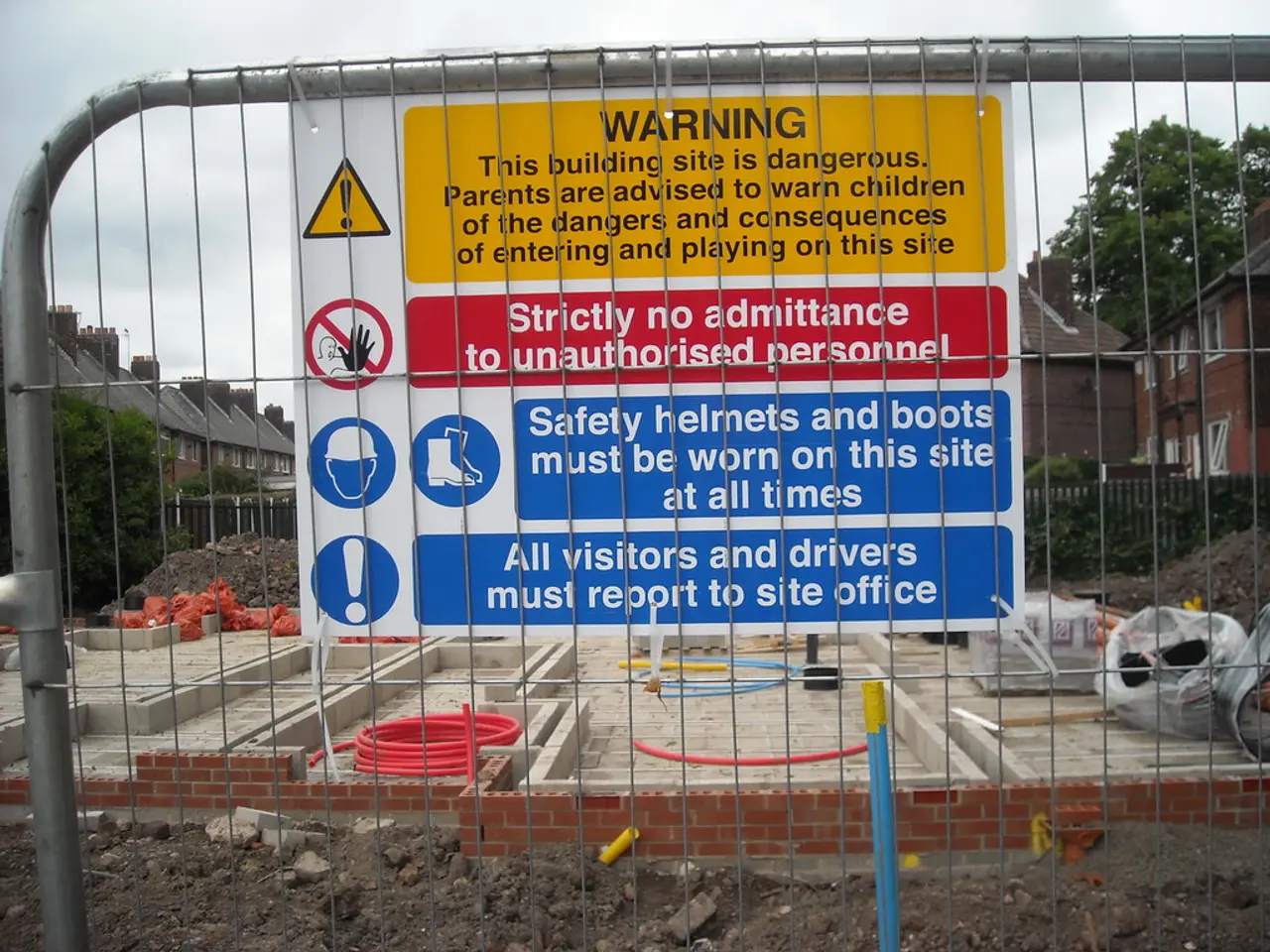Property Restoration Issues Caused by Typical Blunders
In the wake of floods, fires, or mold outbreaks, it's essential for homeowners to approach the restoration process with care and precision. The extent of property damage can often be underestimated, with hidden damage affecting structural elements that might go unnoticed without a thorough inspection.
Engaging the services of skilled restoration companies certified by the Institute of Inspection, Cleaning and Restoration Certification (IICRC) can save time, prevent more costly repairs, and streamline the recovery process. These professionals use industry-standard practices and high-quality materials to ensure the property is restored safely and effectively.
Regular inspections and establishing a maintenance schedule for the restored areas are crucial to ensure the long-term success of the restoration process. Neglecting safety protocols during property damage restoration can pose serious risks to health and safety due to hazardous materials and structural instabilities.
Choosing inadequately trained or unlicensed contractors can hinder the restoration and jeopardize the integrity of the property, leading to severe consequences in the future. It's important to research companies thoroughly, seeking out those with relevant certifications and positive reviews, before selecting a restoration company.
When it comes to water damage restoration, common errors include overlooking hidden water damage under floorboards, inside walls, or around utilities, which can cause persistent issues. Using inadequate drying methods, like relying only on natural drying instead of industrial fans and dehumidifiers, risking mold and structural harm, is another common mistake.
For fire damage restoration, typical mistakes include entering the damaged property too soon, risking safety; delaying contact with insurance providers, complicating claims and delaying recovery; attempting DIY cleanup of soot and smoke damage, which is often ineffective and can worsen contamination; throwing away damaged items prematurely, which can interfere with insurance claims; and overlooking securing the property adequately to prevent further damage from weather or intruders.
To avoid these mistakes, prioritize safety by not re-entering until professionals declare it safe and shutting off electricity as needed. Contact insurance promptly to initiate claims and get guidance. Hire trained restoration specialists who use industrial-grade equipment for thorough water extraction, drying, and fire damage cleanup. Document damage extensively with photos and inventories before discarding items and secure the property immediately post-damage to protect against further harm.
Be thorough during inspections to detect hidden damage and secondary effects, and keep records of all communications with restoration companies and insurance representatives. Taking photographs and creating a detailed inventory of damaged items immediately after the event is crucial before any restoration efforts begin. Failing to document damage can lead to disputes with insurance companies and complicate the claims process.
Following these steps helps ensure a safer, more efficient, and successful restoration journey, minimizing risks of prolonged damage, health hazards, and financial setbacks. Small leaks can lead to hidden mold growth and weaken foundational elements, making prompt and proper restoration essential for homeowners.
- After a restoration process, maintaining the property with regular inspections and an established maintenance schedule plays a vital role in ensuring the long-term success of the restoration, as neglected safety protocols could pose risks to health and safety.
- In light of potential risks in water damage restoration, such as overlooking hidden water damage or using inadequate drying methods, it's essential for homeowners to hire trained restoration specialists who use industrial-grade equipment for thorough water extraction, drying, and cleanup.
- The role of art, architecture, design, and lifestyle in home-and-garden settings becomes even more important during the restoration process, as thoughtful choices in restoring these elements can contribute to a homeowner's overall sense of well-being and comfort, which is a critical aspect of successful restoration.




